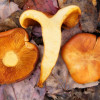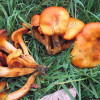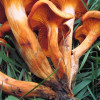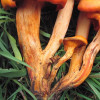Edible, therapeutic and toxic mushrooms
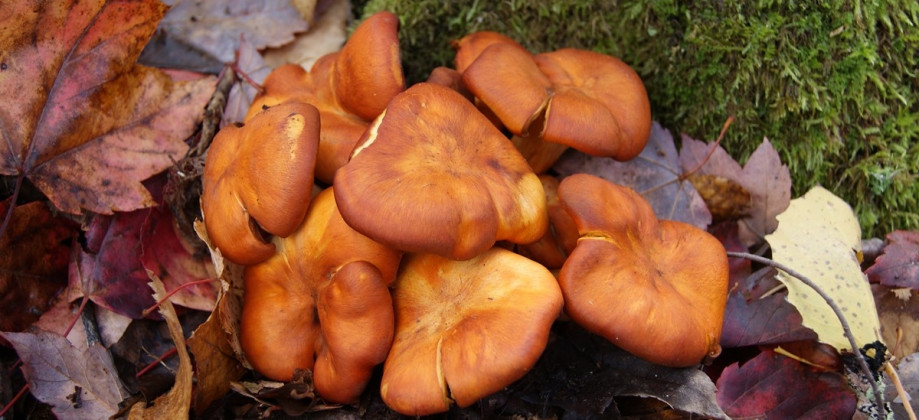
Habitat
The False Chanterelle’s habitat, size and features are nothing like the Chanterelle. Nevertheless, the mushroom continues to cause serious intoxications in the deciduous forest zone, mainly south of Montreal. It grows in dense clusters on roots and stumps or at the feet of deciduous hardwood trees whose roots it has parasitized.
Stalk
Tapered towards the base, pointed, the feet of the fruitbodies of the cluster starting from the same point.
Glabrous, orange and darker orange towards the base.
Comments
Send a comment
Poisoning by the False Chanterelle is less serious than poisoning by a Destroying Angel because it occurs much more quickly and the chemical antidote can be administered earlier. Still, it is a serious intoxication that requires prompt hospitalization. In many cases, poisoning is the result of picking mushrooms from the grounds of one’s own residence in the city or the suburbs.
For more informations
Formation
For those who wish to improve their knowledge, register for the Foundation's training program on this site and receive a certificate confirming the fruit of your efforts.

























